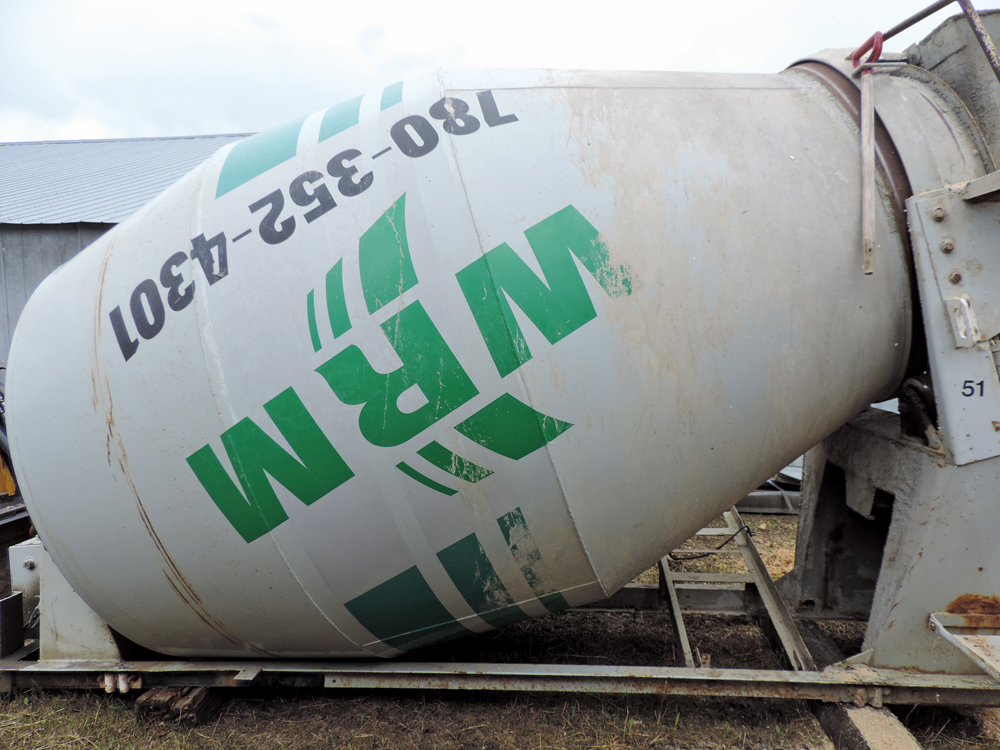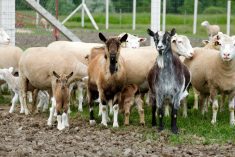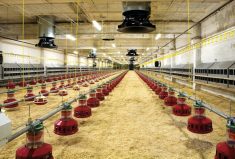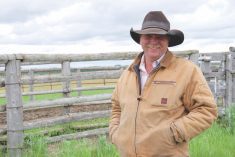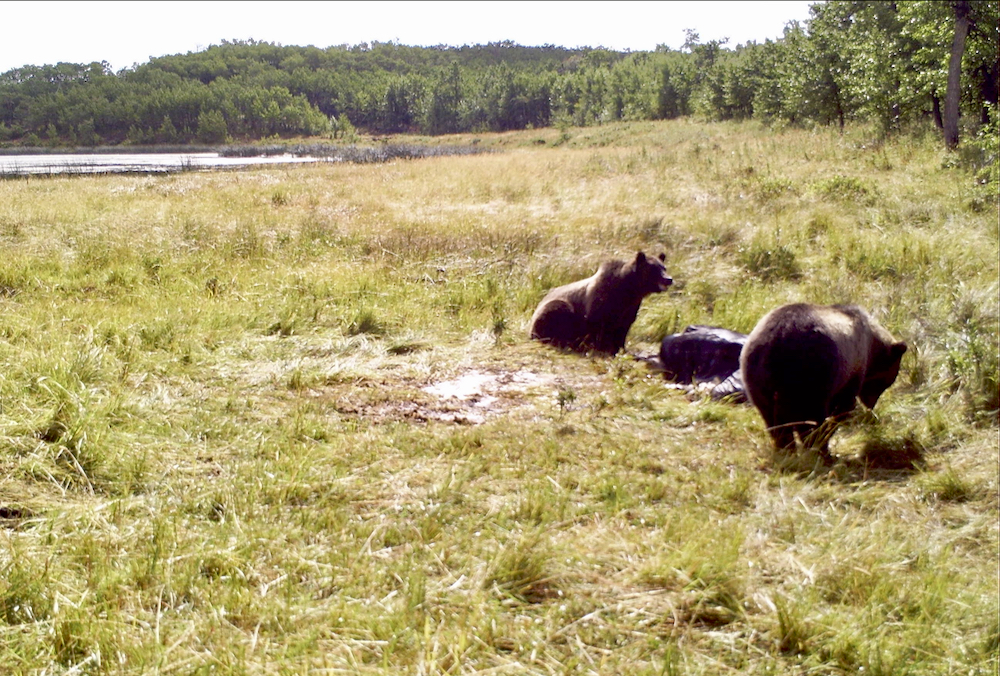If you’re in a wildlife corridor, the last thing you want to do is attract predators to your place.
But that’s not easy if, like Marty Winchell, you’re raising sheep, pigs, laying hens and bees, as well as custom grazing cattle.
Which is why there’s an old cement mixer sitting in his yard. His mixer is sans the truck, which in hindsight was a mistake because he could have picked up an entire unit at auction for as little as $2,000.
“Had I known what I know now, I would have bought a cement truck, drove it here, sold the truck and would have been a lot further ahead,” joked the producer from Rocky Mountain House.

Still, he’s pleased with his investment, which has taken on a new life for composting deadstock. The process really isn’t much different than what homeowners do in their backyard and is a big improvement on his old method.
“We used to compost our birds with manure, but it was an attractant for coyotes,” said Winchell, who is also an agricultural program supervisor with Clearwater County Agricultural Services and Landcare.
Coyotes and foxes are a common sight in the area, and he’s also seen mountain lions and lynxes. His parents even had bears licking their barbecue.
- More on the Alberta Farmer: Preventing conflicts with bears before they start
Winchell decided to use a cement mixer after seeing a similar system in Pincher Creek. He tapped into Bearsmart, a provincial government program, for some funding for the purchase of the cement mixer, and paid for the transportation and setup costs on his own. He has 300 laying hens, and since starting composting in late July is saving 50 cents on the pickup and rendering of every spent hen.
In the first few weeks of operation, he put in the equivalent of two yards of protein waste (spent hens and several dead lambs) and added about four yards of carbon mix (which includes straw, egg waste, shavings, and paper). The right balance between carbon and nitrogen reduces smell and achieves optimum composting. He spins the compost mechanically every once in a while, and adds water to the mixture.
“Every time I turn it at night, when I just walk up to it and put my hand on the top and bottom, you can feel it cooking,” Winchell told a group during the West County Ag tour last month.
“It gets plenty hot in there. In the evening, when I spin it, steam comes billowing out.”
Read Also

Horns aren’t unlocking anytime soon on livestock transport standards
Standards good enough meet the definition of “humane” animal transportation still vary widely between what what industry wants, what animal rights advocates want and, between the two, what federal regulators decide is good enough.
It’s impressive how quickly deadstock breaks down, he said, adding he is going to try to compost through the winter in hopes enough heat will be generated to keep it going.
The process does attract flies, but not huge numbers. He’s also going to limit where the compost is used because it contains specified risk material from sheep, and he wants to minimize the potential risk of prion diseases. He also doesn’t compost roadkill or animals from other farms because he doesn’t want to bring potential diseases onto his farm.


